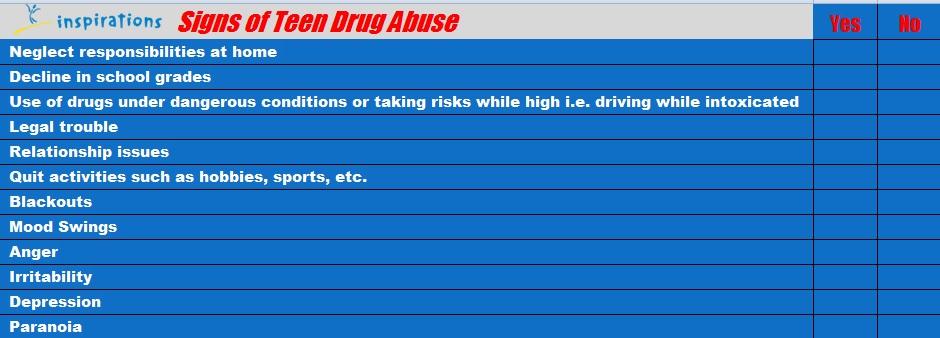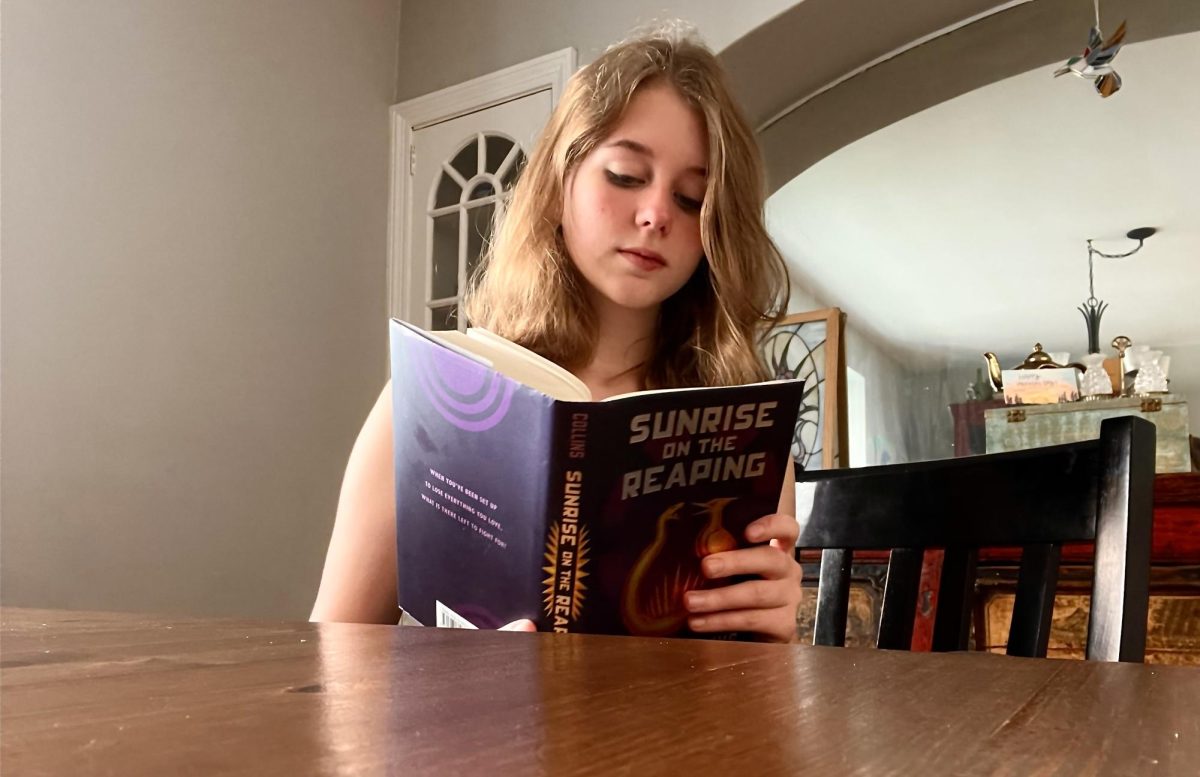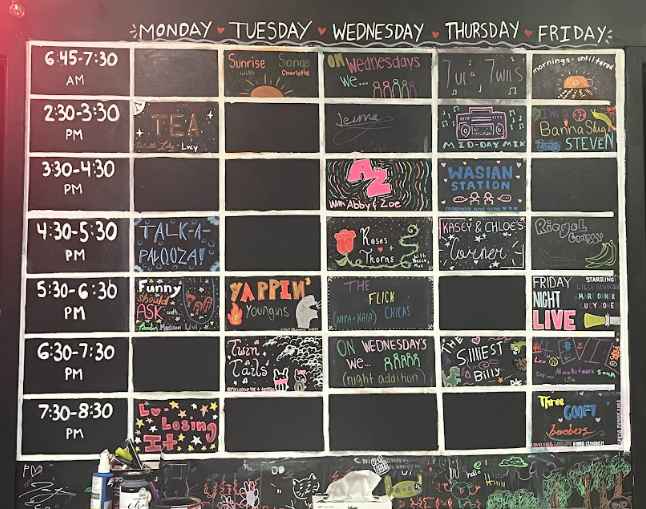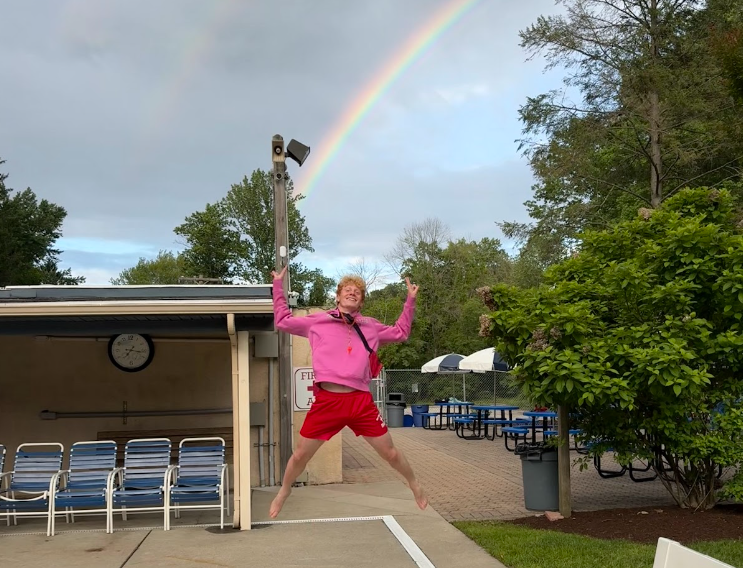In an interview with Doctor James Hughes, a nationally renowned teen drug and alcohol abuse interventionist, he outlined a simple process or math equation teens can compute to determine whether or not their high school friend may or may not have a drug problem.
Inspirations for Youth – If you are a high school student and your friend has a drug problem, what should you do?
Doctor Hughes – What you want to do is first is create a list of signs or symptoms that are commonplace for a teen experimenting with or abusing drugs and alcohol. We have included a downloadable list of 35 common teen drug abuse signs and symptoms in this article. These signs can be easily found on web sites such as:
DrugFree.org: http://timetoact.drugfree.org/think-look-for-signs.html
HelpGuide.org: http://www.helpguide.org/mental/drug_substance_abuse_addiction_signs_effects_treatment.htm
Inspirations for Youth – After you compile this list, then what?
Doctor Hughes – You then need to meet with your friend and have a somewhat informal conversation. This is the informational gathering stage where you will be able to assess if there is indeed an issue in need of pursuing further or just need to monitor. To break the ice between you and your friend talk about old times when the two of you bonded. This will allow your friend to open up and you can more accurately gauge the severity of the problem.
Inspirations for Youth – After the conversation – then what should you do?
Doctor Hughes – Then it is time to do the math. Go to your list and simply check a yes or no after each sign or symptom. After you have completely filled out the list, tally up the score. If you find that your friend scores yes to 10 or more of these signs and symptoms, it is time to seek confidential help from a friend or peer.
Inspirations for Youth – How does that work?
Doctor Hughes – The teen should align him or herself with some other peers, such as a friend or family member and team up with them. You don’t want to be the only one that knows this private, delicate and serious information. And secondly, a safety decision for this individual has to be established because as we know different drugs could have different risks, especially when mixed. They can potentially create dangerous side effects. So the next step is to seek a responsible adult to confide in.
This concludes part one of a continuing series of informational reports on how teens can help fellow schoolmates resolve their drug/alcohol abuse issues.
Coming up: What are the next steps after enlisting help from a teen friend with a drug abuse problem?
About Scott Brand: Scott Brand works in the outreach department of Inspirations for Youth, one the nation’s leading Teen Adolescent Addiction Treatment Centers. He spends his time talking to the teens about their inspirational stories of recovery.















